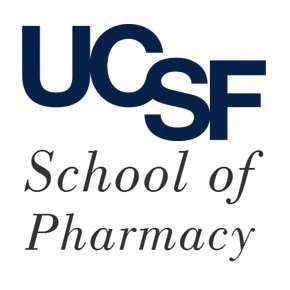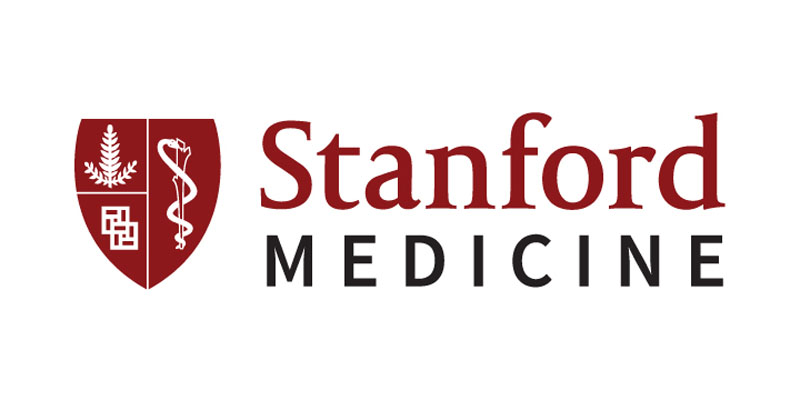Submitted by ja607 on
| Title | The impact of rare variation on gene expression across tissues. |
| Publication Type | Journal Article |
| Year of Publication | 2017 |
| Authors | Li, X, Kim, Y, Tsang, EK, Davis, JR, Damani, FN, Chiang, C, Hess, GT, Zappala, Z, Strober, BJ, Scott, AJ, Li, A, Ganna, A, Bassik, MC, Merker, JD, Hall, IM, Battle, A, Montgomery, SB |
| Corporate Authors | GTEx Consortium, Laboratory, Data Analysis &Coordinating Center (LDACC)—Analysis Working Group, Statistical Methods groups—Analysis Working Group, Enhancing GTEx (eGTEx) groups, NIH Common Fund, NIH/NCI, NIH/NHGRI, NIH/NIMH, NIH/NIDA, Biospecimen Collection Source Site—NDRI, Biospecimen Collection Source Site—RPCI, Biospecimen Core Resource—VARI, Brain Bank Repository—University of Miami Brain Endowment Bank, Leidos Biomedical—Project Management, ELSI Study, Genome Browser Data Integration &Visualization—EBI, Genome Browser Data Integration &Visualization—UCSC Genomics Institute, University of California Santa Cruz |
| Journal | Nature |
| Volume | 550 |
| Issue | 7675 |
| Pagination | 239-243 |
| Date Published | 2017 Oct 11 |
| ISSN | 1476-4687 |
| Keywords | Bayes Theorem, Female, Gene Expression Profiling, Genetic Variation, Genome, Human, Genomics, Genotype, Humans, Male, Models, Genetic, Organ Specificity, Sequence Analysis, RNA |
| Abstract | Rare genetic variants are abundant in humans and are expected to contribute to individual disease risk. While genetic association studies have successfully identified common genetic variants associated with susceptibility, these studies are not practical for identifying rare variants. Efforts to distinguish pathogenic variants from benign rare variants have leveraged the genetic code to identify deleterious protein-coding alleles, but no analogous code exists for non-coding variants. Therefore, ascertaining which rare variants have phenotypic effects remains a major challenge. Rare non-coding variants have been associated with extreme gene expression in studies using single tissues, but their effects across tissues are unknown. Here we identify gene expression outliers, or individuals showing extreme expression levels for a particular gene, across 44 human tissues by using combined analyses of whole genomes and multi-tissue RNA-sequencing data from the Genotype-Tissue Expression (GTEx) project v6p release. We find that 58% of underexpression and 28% of overexpression outliers have nearby conserved rare variants compared to 8% of non-outliers. Additionally, we developed RIVER (RNA-informed variant effect on regulation), a Bayesian statistical model that incorporates expression data to predict a regulatory effect for rare variants with higher accuracy than models using genomic annotations alone. Overall, we demonstrate that rare variants contribute to large gene expression changes across tissues and provide an integrative method for interpretation of rare variants in individual genomes. |
| DOI | 10.1038/nature24267 |
| Alternate Journal | Nature |
| PubMed ID | 29022581 |
| PubMed Central ID | PMC5877409 |
| Grant List | 1R01MH109905-01 / NH / NIH HHS / United States T32 GM007057 / GM / NIGMS NIH HHS / United States U01 HG007610 / HG / NHGRI NIH HHS / United States R01 MH109905 / MH / NIMH NIH HHS / United States U01 HG009080 / HG / NHGRI NIH HHS / United States T32 HG000044 / HG / NHGRI NIH HHS / United States U01 HG007436 / HG / NHGRI NIH HHS / United States R01 HG008150 / NH / NIH HHS / United States K22 HG000044 / HG / NHGRI NIH HHS / United States R01 MH101814 / MH / NIMH NIH HHS / United States R01 GM120167 / GM / NIGMS NIH HHS / United States R01 DA006227 / DA / NIDA NIH HHS / United States R01 HG008150 / HG / NHGRI NIH HHS / United States |





